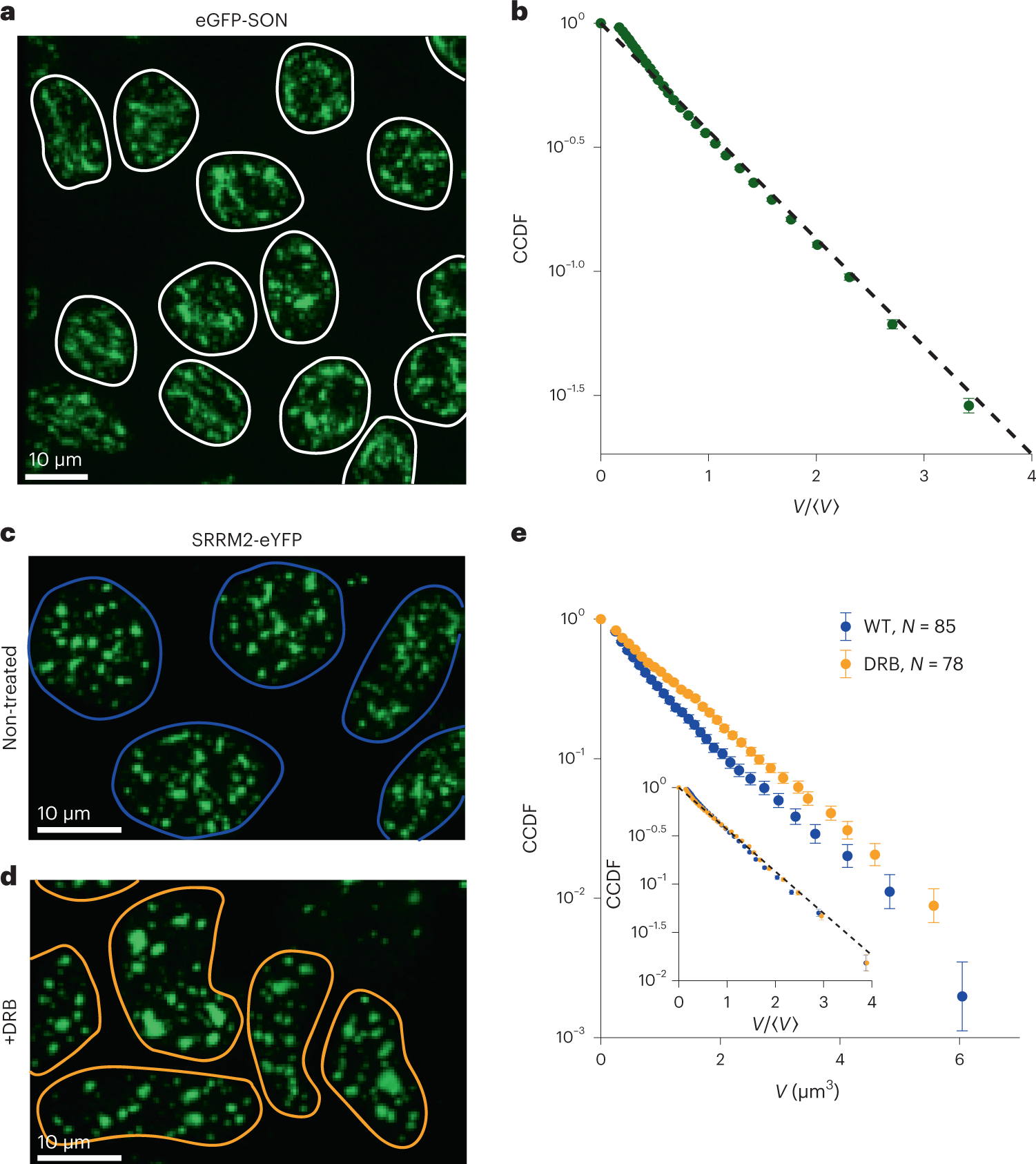2023-02-28 プリンストン大学
プリンストン大学の研究者たちは、細胞内に存在する小さな液滴「コンデンセート」の形成と成長のメカニズムについて、これまで不明だった謎を解明しました。
コンデンセートは、細胞の成長や病気の発生に極めて重要な役割を果たしており、アルツハイマー病、ハンチントン病、筋萎縮性側索硬化症などの神経疾患に関係していることが知られています。この研究では、プリンストン大学の研究者たちは、コンデンセートの形成と成長に関わる2つのプロセスを明らかにしました。
1つは「核化(nucleation)」と呼ばれる、細胞内で最初に液滴が形成されるプロセスであり、もう1つは「凝集(coalescence)」と呼ばれる、移動している液滴が衝突し合体してより大きなコンデンセートを形成するプロセスです。
これらのプロセスは数学的に予測可能であり、コンデンセートの発生を追跡するための新しい医療療法やバイオテクノロジーの応用につながる可能性があります。
この研究では、研究チームがライブ細胞や合成コンデンセートを用いた実験や、理論モデルの開発・検証を行いました。
特別なマーカーを用いることで、研究者たちはタンパク質が含まれるコンデンセートの成長と動向を観察し、追跡することができました。
プリンストン大学のClifford Brangwynne教授が開発したツールを使用して、研究者たちは特定のバイオ分子に光を当ててコンデンセートの形成を誘発しました。
<関連情報>
- https://engineering.princeton.edu/news/2023/02/28/scientists-solved-mystery-behind-cellular-droplets-view-future-research-and-medical-treatment
- https://www.nature.com/articles/s41567-022-01917-0
細胞内凝集体のサイズ分布は、合体と核形成の競合を反映している Size distributions of intracellular condensates reflect competition between coalescence and nucleation
Daniel S. W. Lee,Chang-Hyun Choi,David W. Sanders,Lien Beckers,Joshua A. Riback,Clifford P. Brangwynne & Ned S. Wingreen
Nature Physics Published:02 February 2023
DOI:https://doi.org/10.1038/s41567-022-01917-0

Abstract
Phase separation of biomolecules into condensates has emerged as a mechanism for intracellular organization and affects many intracellular processes, including reaction pathways through the clustering of enzymes and pathway intermediates. Precise and rapid spatiotemporal control of reactions by condensates requires tuning of their sizes. However, the physical processes that govern the distribution of condensate sizes remain unclear. Here we show that both native and synthetic condensates display an exponential size distribution, which is captured by Monte Carlo simulations of fast nucleation followed by coalescence. In contrast, pathological aggregates exhibit a power-law size distribution. These distinct behaviours reflect the relative importance of nucleation and coalescence kinetics. We demonstrate this by utilizing a combination of synthetic and native condensates to probe the underlying physical mechanisms determining condensate size. The appearance of exponential distributions for abrupt nucleation versus power-law distributions under continuous nucleation may reflect a general principle that determines condensate size distributions.


